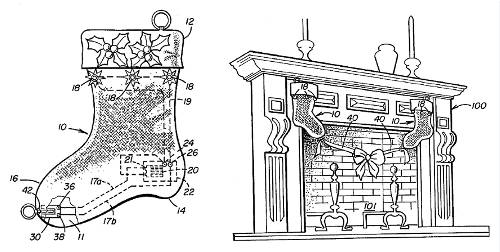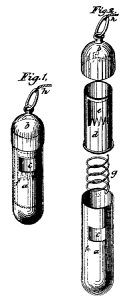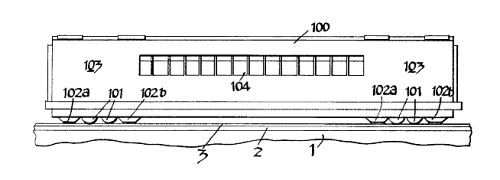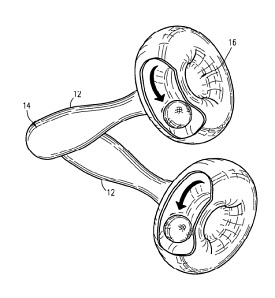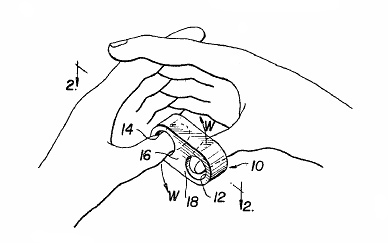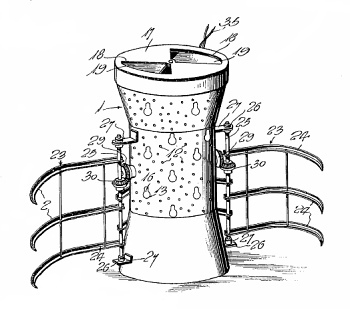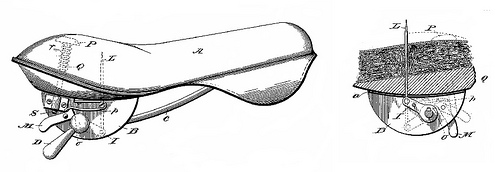We may safely suppose that the ocean ships of a hundred years hence will be driven by energy of some kind transmitted from the shores on either side. It is absolutely unquestionable that no marine engine in the least resembling what we know to-day can meet the requirements of the new age. The expense of driving a steamship increases in such a ratio to its size and speed that the economic limits of steam propulsion are foreseen. Probably the ships of A.D. 2000 will differ entirely in appearance from those we know. Just as road friction is the bugbear of the railway engineer, so water-resistance is the bugbear of the marine engineer. The ships of a hundred years hence will not lie in the water. They will tower above the surface, merely skimming it with their keels, and the only engines they will carry will be those which receive and utilise the energy transmitted to them from the power-houses ashore — perhaps worked by the force of the very tides of the conquered ocean itself.
— T. Baron Russell, A Hundred Years Hence, 1906

